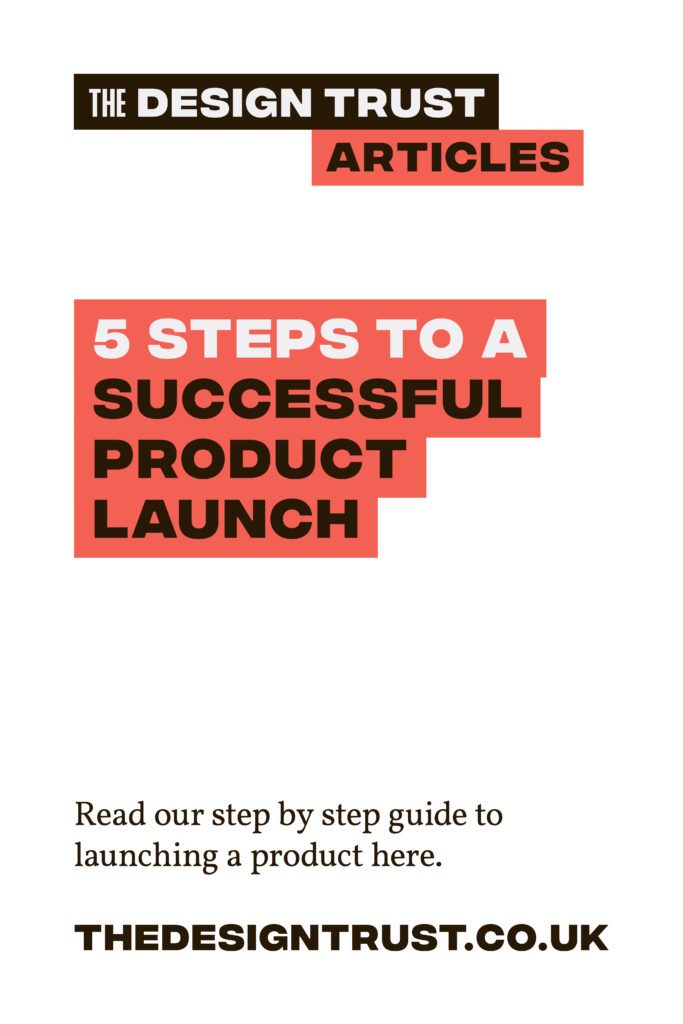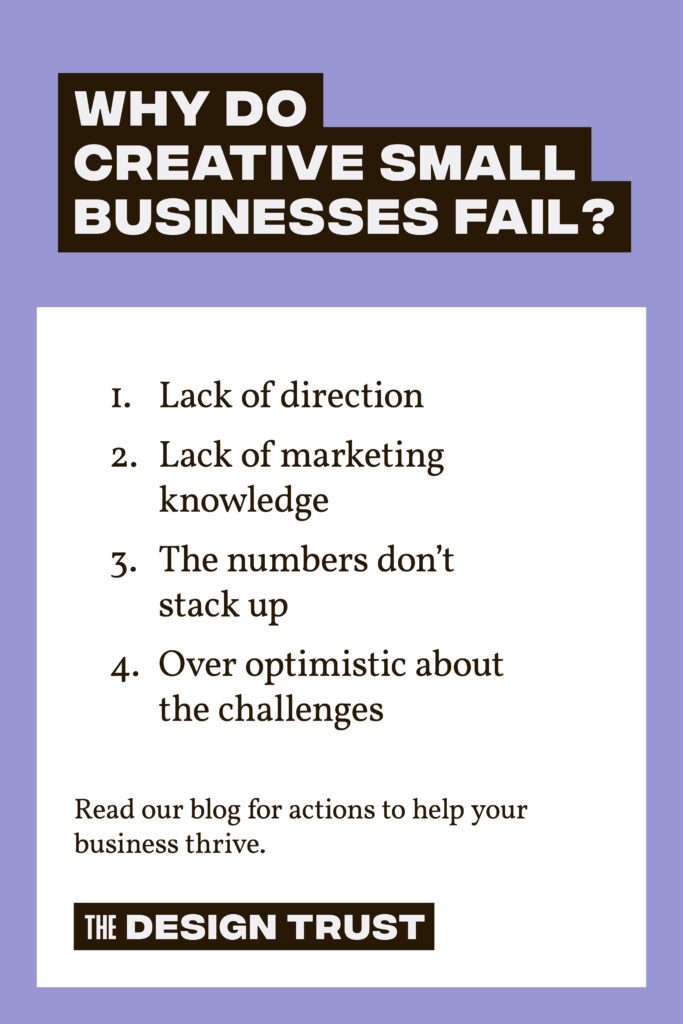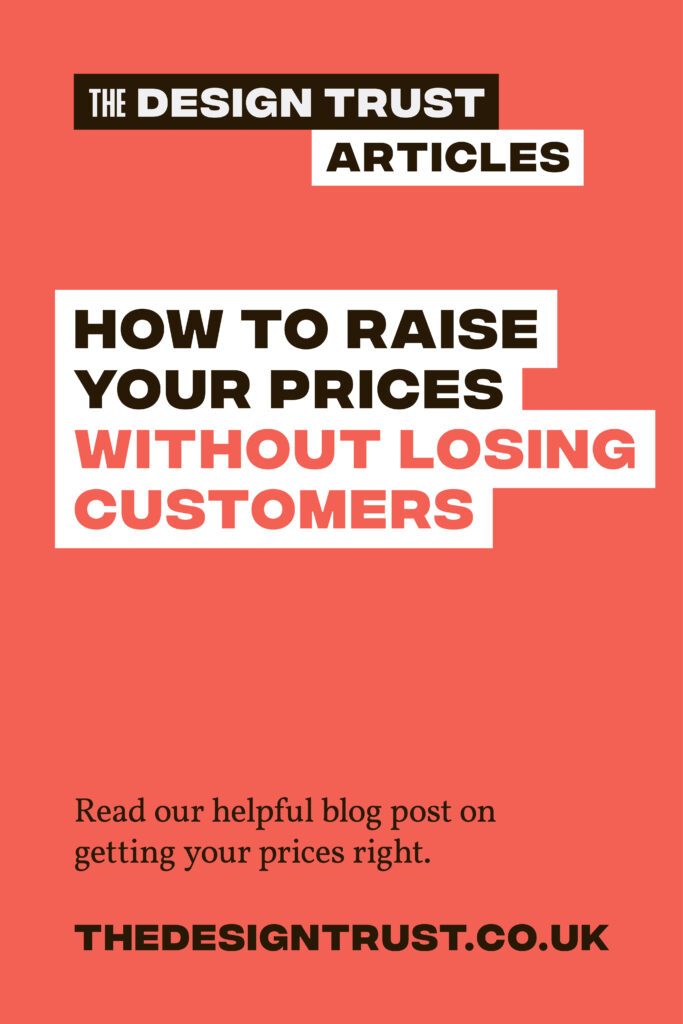Are you ready to launch your creative collection successfully?
In our mini-blog series on how to create and launch your creative products successfully we looked first at why creating a collection is crucial for creative businesses, followed by a detailed post with the 8 steps to create a collection that sells.
Now we are ready to dive into launching your creative collection successfully!
Step 1: Why launch products at all?
Many creatives just post pictures of their new products online or bring them to an event. The problem with that (very common!) practice is that you aren’t making the most of the launch op to work backwards from your launch so that you can prioritise when to do what, from designing and producing, to deciding on price and materials, to getting your images and website up to date.
- Launch when your clients are most likely to buy. It makes sense. And you know that. If you launch your new website
- A launch deadline will get you focused, and more importantly: keep you focused! Having a deadline will help you to get focused and to stop procrastinating. It will help you
- Having a launch process will focus your efforts more effectively. Being very clear who your clients are, what they really want to buy, the price level they are prepared to spend, and researching the market BEFORE you start creating and designing your collection will increase your chances of success greatly. Plus it will save you a lot of time, money and energy.
- You will create more buzz and noise if you focus on launching collections 2-3 times a year. Instead of just putting some images out there of your new products, you will know that it is worthwhile to make a noise and create a marketing and social media campaign. And maybe you will be attending an event too or (re-)launch your website?
- A proper launch is a great way to stay in touch with your potential and existing clients, and to get noticed. You have got a reason to get in touch, so use that opportunity! Approaching your contacts through a well-thought out launch plan, with invites in the post, emails and social media will increase traffic to your site and is more likely to lead to sales
Create your own launch plan: Set a date for your next product collection launch. When is the right time for you to launch? When are your clients most likely to buy from you? Top tip: Check out when the trade shows are.
Step 2: Get your launching fundamentals right
If you read the two previous blog posts in this mini-series on why creating a collection is crucial for creative businesses and how to create a collection that sells, then you will already know that:
- WHY it is important to create and launch launch a product collection properly, instead of a couple of products being added to your website. It will help you to focus more and you are much more likely to get the results you want. Think and plan more strategically about what your clients want, create a more confident story, and present your products more confidently. And consumers, collectors and trade clients (both galleries and shops) love collections too!
- WHAT the products in your collection are: describe each product in detail, including the type of product, materials, colours, size, themes/inspiration etc. You can ready about what makes a good collection here.
- WHO the most likely clients for your collection are: Describe your dream clients in detail: what age and gender they are, when and where they will be using your products (really useful when styling and photographing your work!), what they will really like about your products (the so called ‘client benefits’), what they will say or feel about your products.
- WHEN your dream clients are most likely to buy from you: Very often consumers and trade buyers purchase at specific times of the year. Many designer makers will sell most between September and December, so be aware of when the best time is to launch your new collection. Do you want to launch your collection at a major exhibition, event or trade show? It’s much easier to launch your collection at a time in the year when your dream clients are most likely to buy. Go with the flow, not against it!
- How you will position your product collection? What are your brand values? Will your collection be exclusive or affordable, bought as gifts or more as art pieces? What do you want to be known for? And how will these values be communicated in your branding, photography and packaging? It can be really useful to research online and in galleries and shops what other creatives have done to create a certain strong feeling around their collection launches. It’s not just the product, but how they have displayed and presented their work that makes it much more powerful.
- WHERE your consumers will be able to buy your products. Will you be selling via your own website and shop only, or via selling events too? Then make a specific list. If you are planning to sell wholesale, then start making a list of at least 20 specific retailers, shops, online boutiques etc. Do your research and find out where people can buy similar products like your own. This is the start of your database.
- What will be the best way to reach those clients and retailers or galleries? Will you be contacting them directly or via selling events and trade shows? What PR will you be doing? What emails will you send to them? What’s the best social media tool for your event? Start brainstorming about what the best ways are to reach your dream clients.
Create your own launch plan: Start your own mini-launch plan. Get yourself a notebook or create a document on your computer and write the answers to these questions down:
- WHAT will you launch? Describe the collection, the individual products, and the key elements such as materials, colour and the story behind the collection. What makes it stand out in the market?
- WHO is this collection for? Be as specific as possible. Describe 3 – 5 different client types, and also identify around 5 potential stockists (if you are planning to sell wholesale) or online shops.
- WHEN & WHERE will you launch? Why did you choose that date? Will you launch online via emails and social media, will you do an event, or approach a stockist to do a gallery launch?
- POSITIONING in the market: What price point will your collection be at? Affordable, middle or expensive? What will make your collection different from what’s out there in the market already? Why would potential clients be interested?
- WHERE do you want your products to be available? Be specific. Which shops or galleries, which online places, which events will you attend? Identify at least a list of 15 potential places to sell. Do they match up with your positioning in the market?
- HOW will you reach your potential clients? Start to identify some direction e.g. will it be direct contact, email, social media, wholesale brochures, event invites?
This mini-launch plan is the fundamental starting point of marketing and launching your collection successfully. You will be adding more detail to your launch plan at the next stages.
Step 3: What are your financial & marketing goals for this launch?
What do you want to achieve with launching your next collection? More sales of course, but what about raising your profile, opening doors with galleries that you haven’t been able to sell to yet. What about getting press coverage?
So, think about:
- What are your specific goals? What would make the launch of your products successful?
- How many sales do you want to get with your launch?
- How and where will you sell your products? Think about the so called ‘routes to market’: will you sell direct, online, wholesale via galleries and shops?
Start identifying your own SMART goals for your sales and marketing.
SMART stands for: Specific, Measurable, Achievable, Realistic and Time bound, which basically means that you will need to put a number and date on your goals.
So, instead of saying ‘I want to get more stockists’, or ‘I want to sell more on my Etsy website’, you state: ‘I want to get 5 new stockists by September’, or ‘I want to increase my Etsy sales by 20% this year’.
And don’t forget to include a financial forecast! How many products do you aim to sell at what price level? Don’t forget to use the wholesale price when selling to trade, and the retail price when selling direct! Confused about pricing terms, check this blog posts out.
Create your own launch plan: Add to your mini-launch plan your financial and marketing goals:
- Firstly: What are the price of your products? Have you calculated the cost price of your products? What will the wholesale and trade price be?
- Create a financial plan, specifically for your launch. What sales do you expect in the next 12 months? Split them up quarterly or monthly even. How many products do you aim to sell and at what price level? How many will you sell direct and how many to retail? What will the marketing costs be for your launch? Will you exhibit at a trade show or craft event? Will you relaunch your website or need new images? Do you need to improve your branding and packaging (to be able to charge the prices you want)? Plan this out.
- Add more detail to your marketing plan and get more specific about your clients. Compare your financial goals and how many products you need to sell with your marketing activities. Are your sales forecasts realistic? What additional marketing do you need to do? Focus on contacting clients direct if you want to get sales, rather than relying on social media.
Don’t fantasise but try to be as realistic as possible at this stage.
Very often when you are defining your goals you will realise that you need to do and learn a lot between where you are now and where you want to go. That’s normal.
Research is a great and hugely inspiration part of the design process!
Step 4: Add some juicy marketing launch activities
To make your product launch a success you will need to work on your marketing. Many creatives don’t like marketing or are even scared of marketing. Do you believe in these 6 marketing myths? Then read this blog post to help you overcome them and make your launch more successful.
The most fundamental marketing tip I share with my clients is: “People only buy from people they know, like & trust”
Identify specifically what you can do so that your potential clients get to know you, like you and trust you:
- How can you become better known? Who do you want to get known by specifically? Identify specific client types (see above) and places to sell your work (see above). Who do you need to approach and how will you do that? Think about sending a good introduction letter with images of your work to potential stockists or inviting clients with a postcard to your Open Studios. Sending something in the post has a lot of impact – far more than relying only on social media.
- How can you get people to like you, and in fact in the current climate you need people to fall in love with your product. ‘Liking’ isn’t enough! Don’t try and please everybody but focus on your niche. Create a confident brand through great images and styling that really attract your dream clients. How can you show some of your unique personality in your website, images or emails?
- How can you get people to trust you? Does your website and stand look professional (and up to date)? Is your branding really super clear and reflect your values and those of your ideal clients? Do you share your training and experience on your ‘About me’ page or in a CV or artist statement? Have you won any awards or did you get any great press coverage recently? Are you sharing proof that you can be trusted through testimonials on your site or on LinkedIn? Are you asking your Etsy clients for 5-star feedback? Do you promote your stockists via a stockist list or via your email newsletter or social media? Do you use a reliable payment provider for online sales?
Specific marketing activities for your launch often depend on your financial goal, your type of product, your ideal clients and which route of market you have selected.
For each marketing launch activity specify:
- What’s the purpose of this activity e.g. to get in touch with existing Etsy clients, to approach 15 journalists, or to get more traffic to your website or to get people to attend your Open Studio event.
- Who is this activity targeted at? Be more specific e.g. what would you do for existing clients and what about people who have recently signed up for your newsletter, or who follow you on Instagram?
- When will you do this by? What’s the deadline? Think also about how long it will take. Any jobs that take longer than 1 day can be split up to make your plan for detailed.
- Who is responsible for doing this activity? Do you need help or support? Clarify what you need to do or learn.
- How much will it cost? Think about exhibition costs at craft fairs or trade shows (which can be very expensive!) but also photographing your work, printing a new business card or brochure, or sending out 100 invites in the post.
This takes a bit of time the first time you will create your own marketing launch plan, but this will become a really handy to-do-list for later use too, where you can ‘tick off’ each of the marketing tasks that you will need to do for a successful launch.
After you have created your marketing action list start to allocate physical time in your diary. This will really help you to get it done!
Create this action list about 3-4 months prior to when you want to do your launch, to allow yourself enough time to work on these strategic marketing activities that will make your product launch much more successful.
Step 5: Create a launch plan
Finally you are getting ready to launch!
From the broader business, financial and marketing goals we are now getting into the detail.

Why is it a good idea to create a launch plan?
In the run up to your launch there will be so many things to think about that’s it is good practice to create a plan in advance so that you won’t forget anything, and know what to do and when.
The plan is to make you feel less overwhelmed and stressed out, and more in control and excited!
So what goes in your launch plan?
1: Your SMART launch goals
We have mentioned this before, but they might have changed a little over time.
So, what do you want to achieve?
For example: £5K in sales in total in first 2 months, get 8 new stockists in the 3 months after the launch, get 10 press mentions in the next 6 months.
2: Decide on a launch date
When are you planning to launch your collection?
Is this a good time to launch from your client’s perspective? Is this a time when they naturally tend to buy your product? Are there any trade shows or selling events where you want to launch?
Is this a realistic time plan for you or have you started too late?
How will you communicate this launch date to your audience?
3: Before your product launch
You have worked on your fundamental marketing plan to lay the foundations for a successful launch. You will now benefit from that strategic work!
The closer you get to the launch the more your main focus needs to be on marketing actions. No more making and creating please!
Create a list of marketing actions that are directly related to the launch:
Again, make a to-do-list of all the things you want to do in the same way we did previously. Think strategically about who you want to reach, and what the best ways are for doing so.
In the last 4 weeks before your launch you will need to focus on these marketing activities.
4: Launch week
Your launch week will be busy and chaotic, so make sure that you are ready and look after yourself.
Get support from others.
It needs to be fun and exciting, a celebration of all your hard work, not close to a burnout!
Similar to the action plan you created before the launch you create actions and planning, but this time you go into great detail and create actions for each day of your launch week. The closer you get to launch day the more specific you will need to be.
If you are launching at a trade show or selling event then you will be busy selling in this week.
If you are doing an online launch then you will need to be ready too for delivering orders, answering questions, following up.
If you are doing both at the same time then you might look into automating some of your marketing and social media, such as email newsletters that can be pre-planned, blog posts that can be launched automatically, or tweets (I use an app called Buffer for this, and I highly recommend it!).
Anything that you can do and get ready before the launch week is a bonus!
5: After the launch
Often the hard work now really starts!
Fulfilling orders, answering questions, following up with (trade) clients who didn’t come to your event, invoicing, …
It’s crucial that you focus on getting the orders out of the door and following up.
It’s a good idea to plan a review meeting with yourself about one week after the launch. Take some time off to plan ahead and to take stock:
- Evaluate against your launch goals. If you set SMART goals it’s fairly easy to see if you succeeded or not.
- If not, what extra marketing and follow up do you need to do now? Use the momentum that you have created to keep your contacts informed. It often takes a little while before people buy, so you need to stay in touch. Don’t think it’s a failure if they don’t buy straight away. Selling is a process of building relationships with your audience and clients.
- Write down what went well, and what you would do better next time. You will be surprised how much you forget about the nitty-gritty of a launch campaign, so make sure that you go through it in detail and write it down.
- And what’s next for you? How can you follow up with clients who showed an interest but didn’t purchase (yet)? What other clients might be interested in your products? What could you improve on in the entire process of launching your collection? What other products could be included in this collection? What will your next collection be about?
Take time to celebrate too! (click that link if you need some ideas on how to celebrate!)
Many creatives are notorious for not celebrating their achievements.
Very often ‘it’s never good enough’, and the have already moved the goal post before they have finished their previous project. Don’t! It’s so important to celebrate and mark your progress on this business journey.
Even if it didn’t all go to plan with sales, you will have learnt a great deal, and hopefully got a lot more subscribers to your website, increased your profile, or gained in confidence.
What did you gain?
And that’s it! That’s how you launch a product collection successfully!


